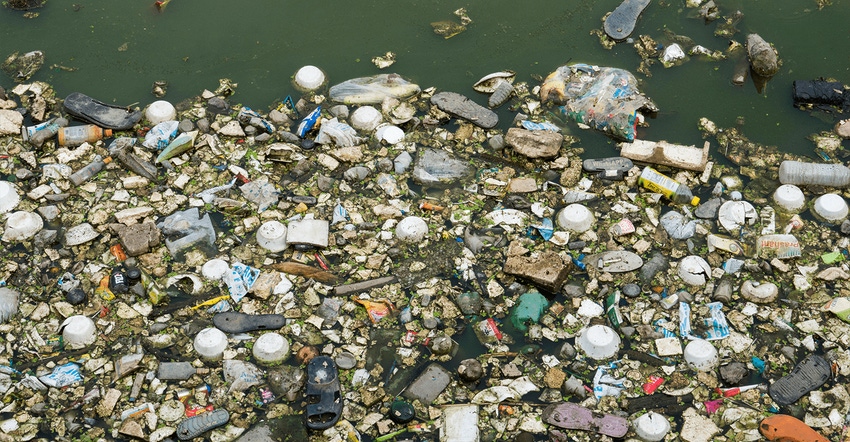The UN Environmental Programme (UNEP) recently released a report examining how global efforts can reduce plastic pollution 30 percent by 2040. The report's goal is to foster negotiations that will shift the world's economy from linear to circular through the elimination of plastic pollution.

The UN Environmental Programme (UNEP) recently released a report that aims to foster negotiations that will shift the world's economy from linear to circular through the elimination of plastic pollution.
The report aims to enact reuse methods in order to reduce plastic pollution 30 percent by 2040.
"Plastics, in many ways, contribute positively to society," Inger Andersen Executive Director, UNEP. "There is, however, a dark side: the way we produce, use and dispose of plastics is polluting ecosystems, creating risks for human and animal health and destabilizing the climate."
In March 2022, all 193 United Nations member states committed to combatting and ending plastic pollution. A binding legal agreement is expected in 2024. The question, the UNEP stated in the report, is how this goal can be achieved.
"While many technical solutions for a circular plastics economy are known, the economic, fiscal and business models to address the associated impacts while also safeguarding livelihoods are less clear," the organization noted in the report.
The issue of pollution is so pervasive that nearly 70 percent of plastic reduction could be achieved through the implementation of reuse, refill and new delivery models.
"Plastic reuse and new delivery models, together with the elimination of problematic and unnecessary plastics, are highly effective interventions because they can reduce waste at source," the report stated. "These include the shift to reusable water bottles, food containers and bags, new delivery models such as refill from dispensers and bulk systems in retail, low-packaging subscription services, concentrated product capsules, and take-back services with reverse vending machines, deposit refund schemes and washing pooling systems."
Reusable alternatives also reduce the risk of hazardous chemical exposure and fossil-fuel dependence. The scenarios are particularly crucial as countries across the globe combat climate change.
An acceleration in recycling infrastructure must occur. Just 6 percent of plastics are comprised from recycled material with between 25 percent and 47 percent material loss rates in today’s recycling processes, according to the report.
"For many years, the mantra has been to increase public support for recycling and move away from single-use plastics," the UNEP stated. "However, plastic products need to be designed and made of materials that enable recycling. Close to 80 percent of the plastic in short-lived plastic products is not economically recyclable due to design decisions such as additives (e.g. dyes), material combinations or even size. A tiny proportion of plastic products can be reused safely."
With only 21 percent of plastic is economically recyclable, plastic packaging and products must be designed for recyclability.
"Today, many plastic items are designed in ways that make reuse or recycling difficult and uneconomical," the UNEP said. "To accelerate recycling, focus needs to first be on the design phase of plastic products because it creates the condition for product recyclability from a technical and economic perspective, facilitates collection and sorting and ensures products do not hinder or disrupt the recyclability of other items in the same waste streams."
About the Author(s)
You May Also Like


